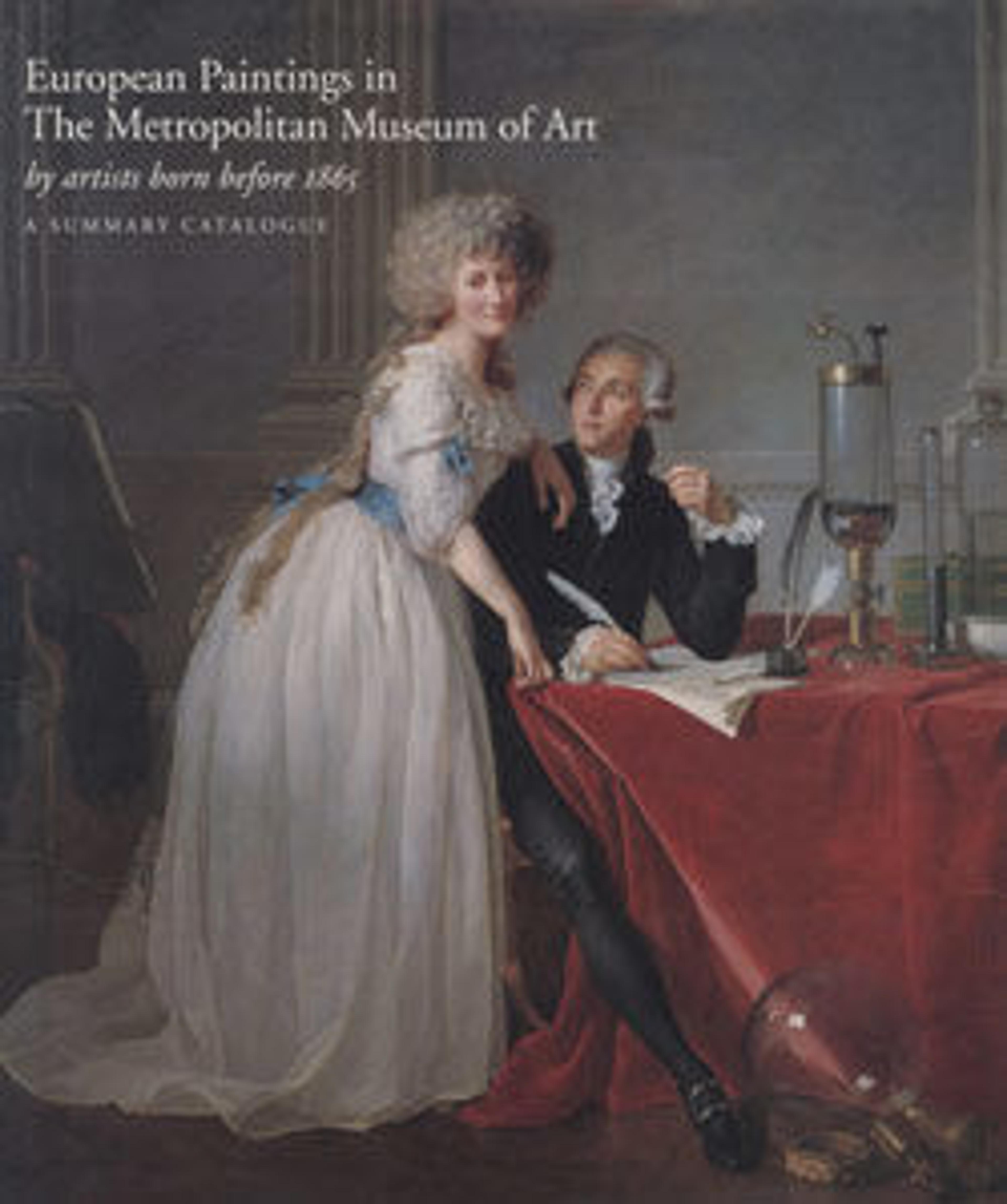Head of the Madonna
The young Florentine artist Franciabigio shared a workshop near the Palazzo della Signoria with Andrea del Sarto from around 1506. This delicate, fragmentary head of the Madonna relies closely on a painting by del Sarto of the Madonna and Child with the Young Saint John the Baptist that was probably painted around 1508 and hung in the Giustiniani collection in Rome in the seventeenth century. It is a demonstration of the close working relationship between one of the greatest Florentine artists of the sixteenth century and this talented painter.
The frame is seventeenth century, probably Bolognese.
The frame is seventeenth century, probably Bolognese.
Artwork Details
- Title: Head of the Madonna
- Artist: Franciabigio (Francesco di Cristofano) (Italian, Florence 1484–1525 Florence)
- Date: ca. 1509
- Medium: Oil on wood
- Dimensions: 15 x 11 1/2 in. (38.1 x 29.2 cm)
- Classification: Paintings
- Credit Line: The Friedsam Collection, Bequest of Michael Friedsam, 1931
- Object Number: 32.100.89
- Curatorial Department: European Paintings
More Artwork
Research Resources
The Met provides unparalleled resources for research and welcomes an international community of students and scholars. The Met's Open Access API is where creators and researchers can connect to the The Met collection. Open Access data and public domain images are available for unrestricted commercial and noncommercial use without permission or fee.
To request images under copyright and other restrictions, please use this Image Request form.
Feedback
We continue to research and examine historical and cultural context for objects in The Met collection. If you have comments or questions about this object record, please contact us using the form below. The Museum looks forward to receiving your comments.
